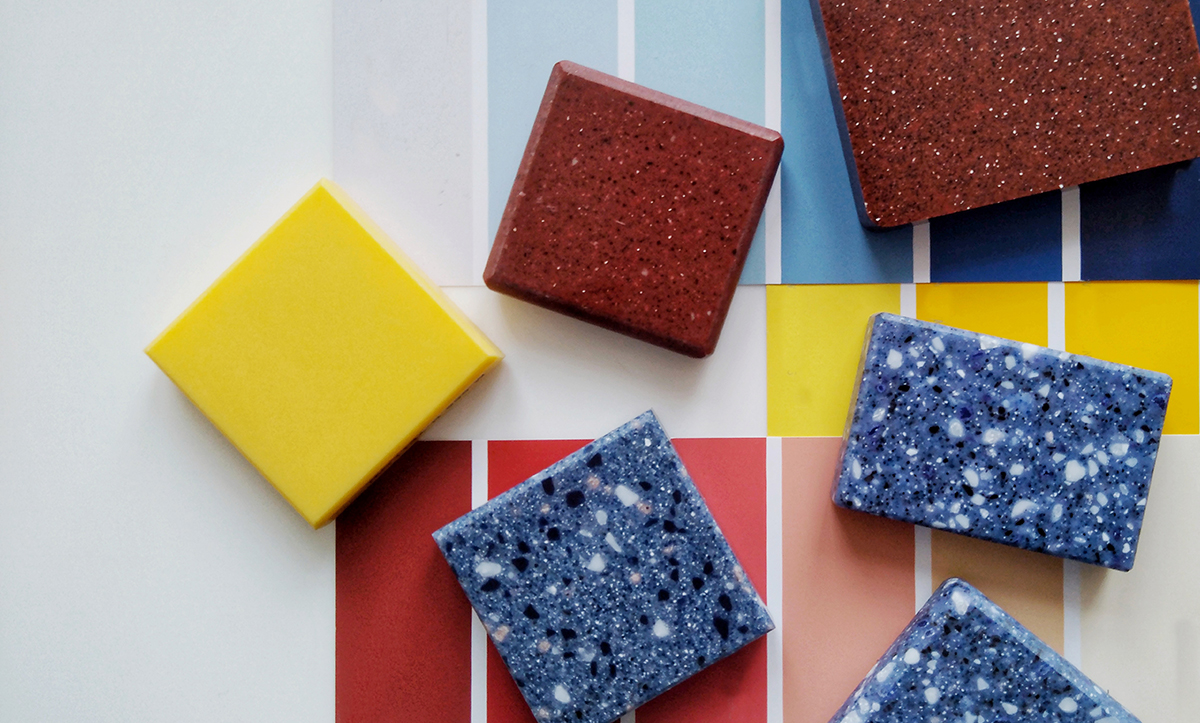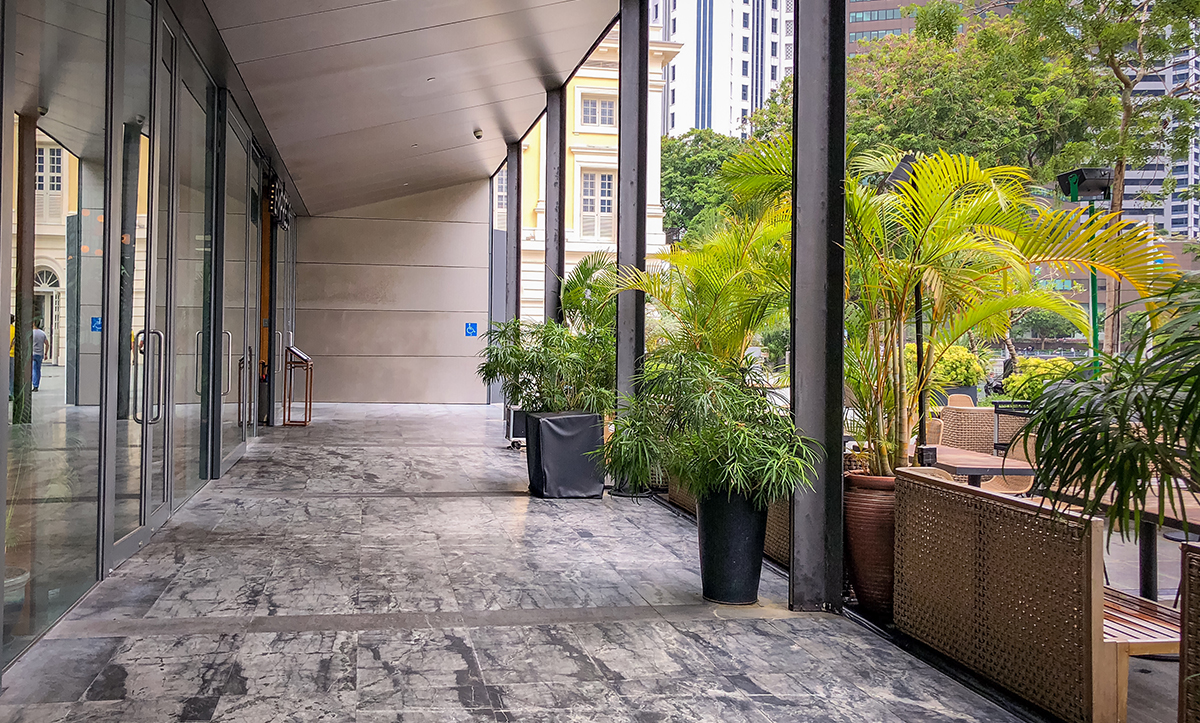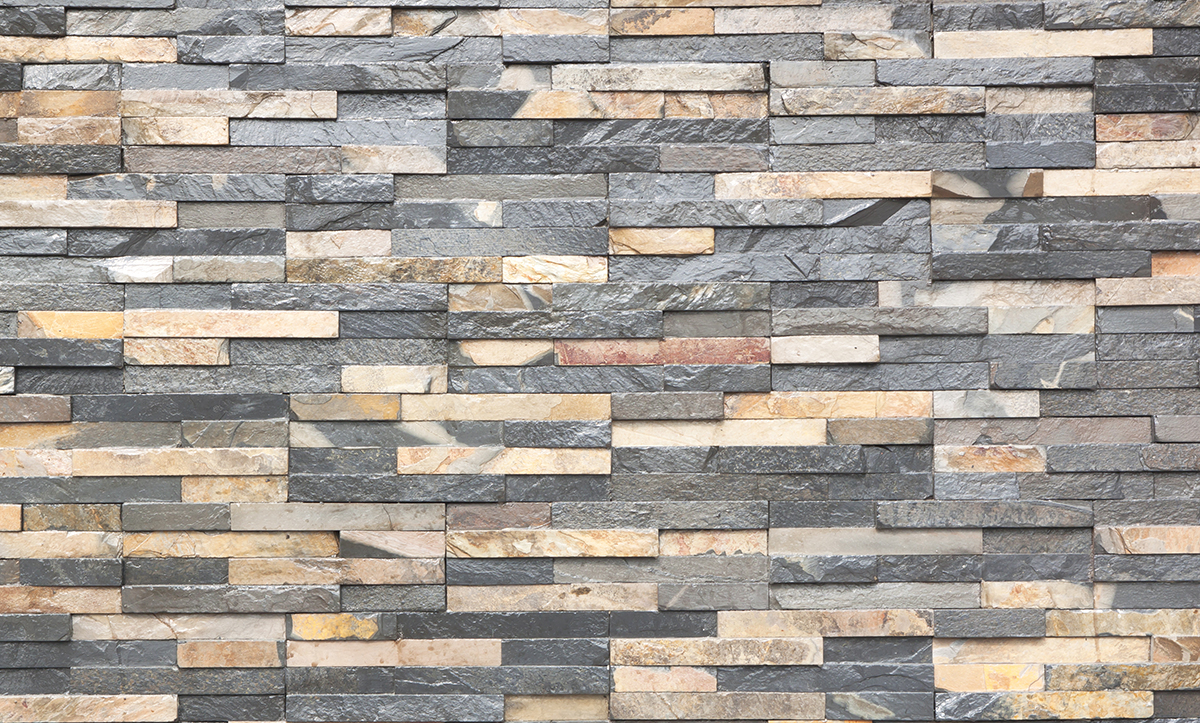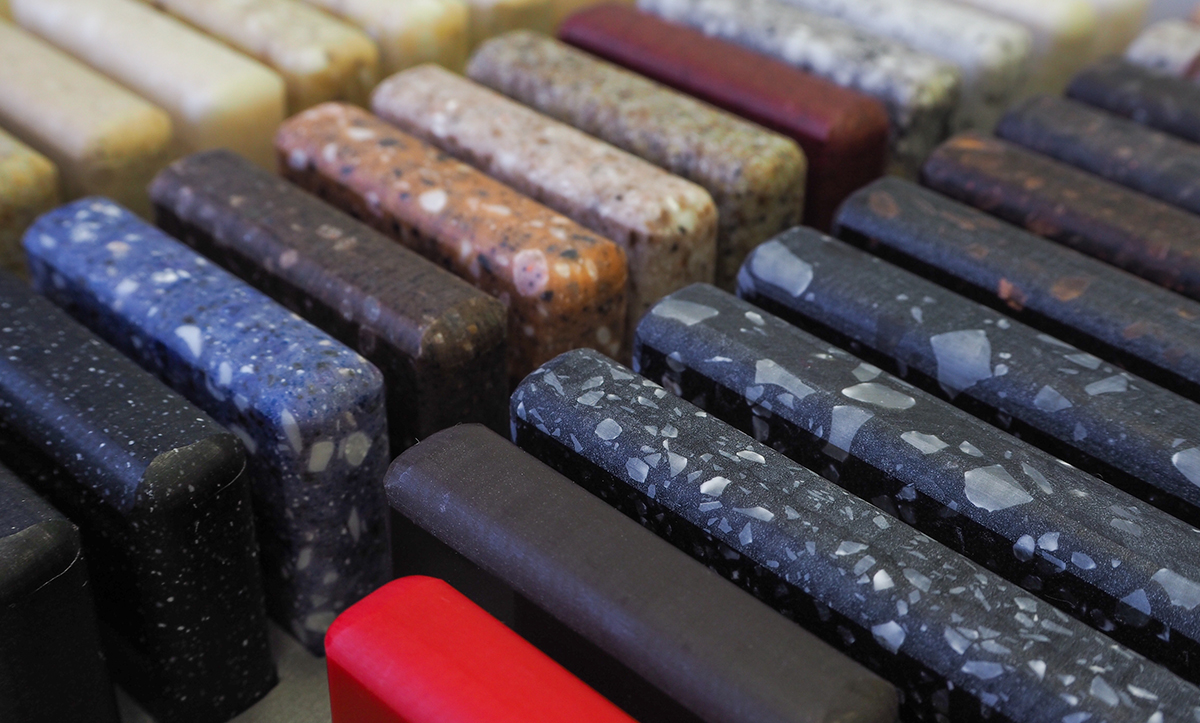Natural stone can be extracted from different sources like Jordan, Palestine, Saudi Arabia and Morocco. It varies in shapes, texture, colors, and the moist resistance. The weakest stone in water-proof is the sand stone, for example the Riyadh Stone from Saudi Arabia comes in 3 different colors, White, Yellow and cream-like, the white stone is solid while the yellow and cream-like stone is sandy. And the mechanism of using them varies since the old way of concrete mixture has been replaced with the mechanical way allowing so many possibilities in decorating with stone everywhere even in the window’s frames.

The exterior elevation of a villa is extremely subjected to that art of decoration with stones, creating a Spanish, French, or even Damask style of exterior design.

Natural stone has a flaw of changing color through time, and since each stone type has a different texture it is accordingly affected by water and moisture factors. The period of keeping the color can’t extend 1 year and after that the stone will change color depending on the elements of surrounding nature, thus, the architects use a special sort of isolating matter applied on the stone surface to keep it safe from those natural elements.

Artificial stone is a German brilliant idea of mimicking the natural stone excluding its aging flaws, it has been used recently in Palestine to decorate the buildings exterior there and sometimes on the interior as well. Its solidity is highly close to the natural stone’s and the price is dramatically cheaper with a 35% -70 % deduction in cost, in addition to that, its resistance to the surrounding natural effects is sufficient.

It beats the natural stone in customized color production, perfect installment in the design since it is rough on the backside so it will stick better, the short-term production.

However, the issue here with the artificial stone is that it comes in standardized size preventing any cut or modification once it is produced for a different decorating use or it will be ruined.
